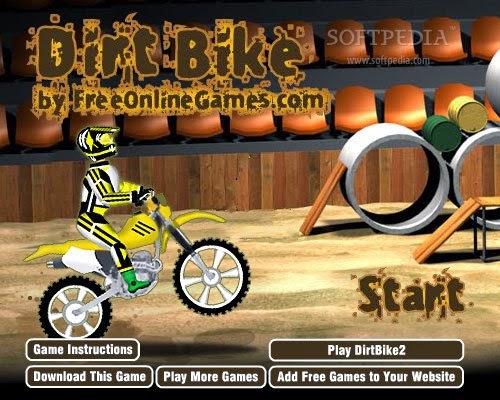Here are 10 examples of how Computers can be used in Art and Design, alongside the programs used.
1. Websites
Websites are one of the most, if not the most, widely used examples of Computers in Art and Design. People can either set up their own website through other websites that host the site for either a small fee or even some do this for free. Usually this method is only for setting up a forum or a blog. Otherwise, you could use specific programs to create your website, such as Adobe Dreamweaver.
2. Computer Games/Video Games
Specifically 3D Computer Games or Video Games. These are more widespread examples as almost everyone has either heard of, owned or at the very least played a Computer/Video Game. Companies exist to create these games and create new consoles to play them on, so there's a very large market with these. Valve is a good example, they produce many 3D titles, such as the Left 4 Dead series, the Half Life series (which saw the most improvement in terms of looks) and the Portal series. The most common software for creating these games is Autodesk 3ds Max
3. 3D Movies
3D Movies have taken over the movie industry, replacing the old 2D animation styles. Disney, Pixar and Dreamworks are probably the biggest companies in the Industry but there are still many others out there. A good example of the software used to create this is Autodesk Maya
4. Advertisements
Adverts are everywhere in the world. In newspapers, on billboards, on the internet and so forth. There's quite a few programs you can use to create Advertisements but, the best known one is Photoshop, as there's a good range of tools to use.
5. App Games
Almost everyone today has some form of mobile device. Smart Phones, Tablets, Kindles and so forth. And almost all of these devices have some form of App store that allows you to obtain these games. Whether they're free to play or purchased for a small fee, App Games are a big part of modern society now. Most App Games are now created with Java.
6. Flash Games
Flash Games can easily be found on the internet. They're games played in the web browser that can be small, addictive time wasters, or big adventure games and have a range of genres. Whether you're looking for a creepy horror game or a big RPG or even a cute little Barbie game for your children or siblings, Flash games cover it all. The biggest software used for this is Adobe Flash.
7. Illustrations, Logos and Typography
All three of these things are seen world wide both on and offline. You can find them in newspapers, on TV during adverts, on websites and even flyers, for example. Each of these three can very easily become created in software such as Adobe Illustrator.
8. Magazines and Newspapers
Magazines and Newspapers are widespread sources of information and gossip throughout the world. Whether you want to hear about a celebrity break up or about the financial state of the country, either piece of information is easily obtained. To create the layout for them, you can use Adobe InDesign
9. Audio and Music
Music is everywhere. From catchy pop tunes and edgy rock ballads in the charts, to little jingles at the end of an advert that stick in your head, music is all over and comes in many varieties. To create the amazing (and sometimes not so amazing) songs we hear, you need the right kind of software, such as Avid Pro Tools.
10. Film Making/Video Production and Special Effects
If you're trying to spice up your little home movie or trying to create a serious project you need the right kind of Special Effects. While you can always use free software, like Windows Movie Maker, you don't quite get the professional looking effects. For those, you'll need something more like Adobe After Effects, Apple Final Cut or even Sony Vegas Pro.


















